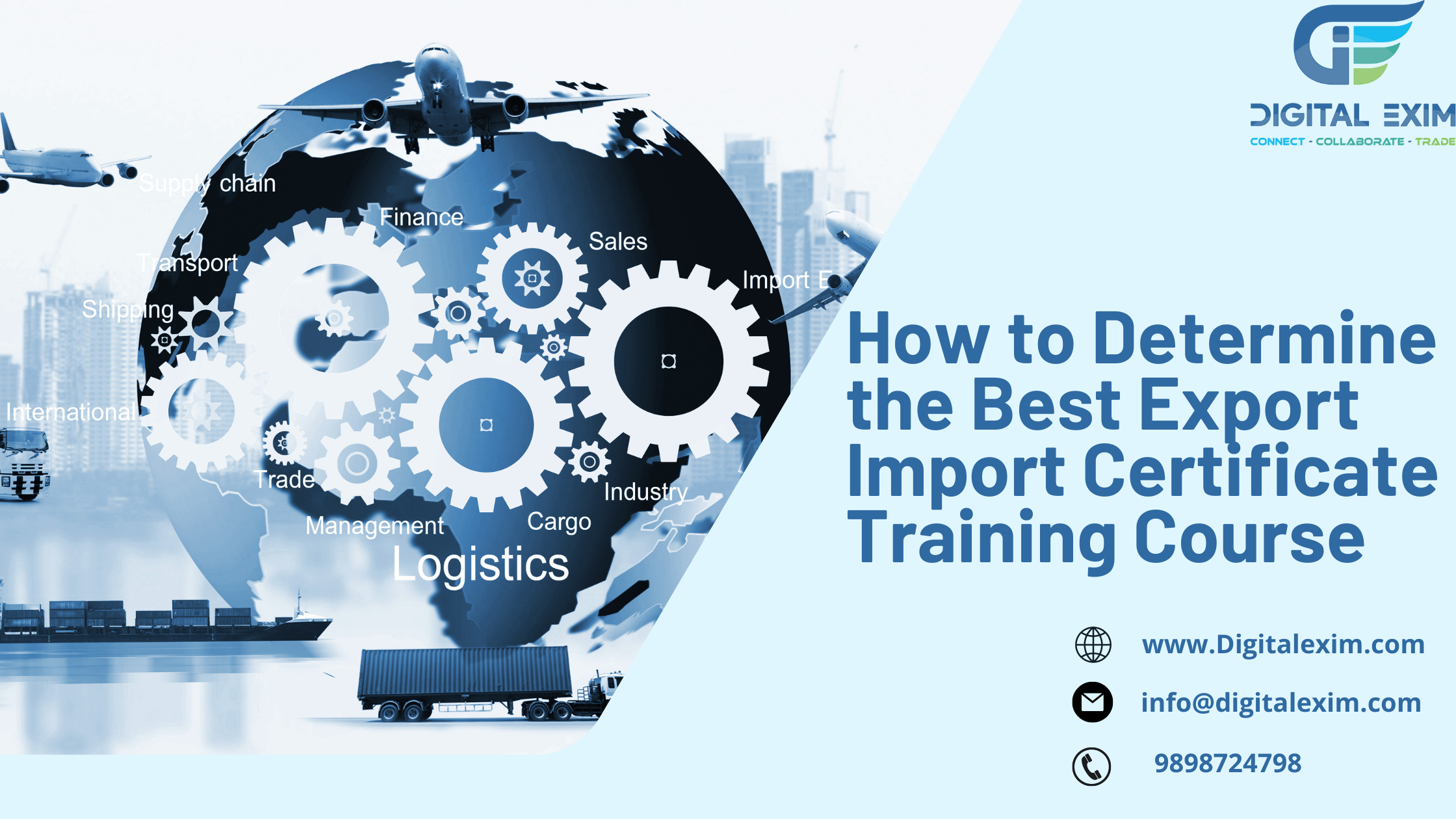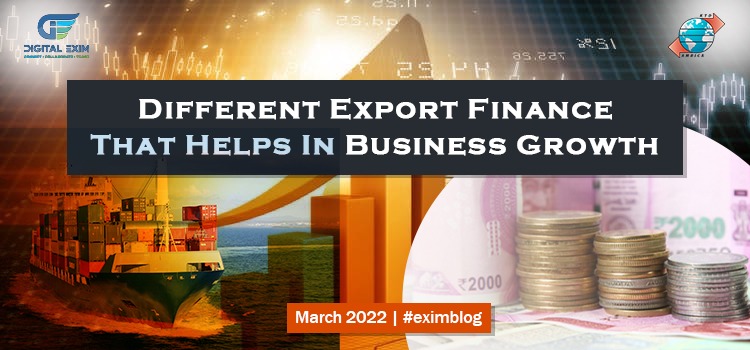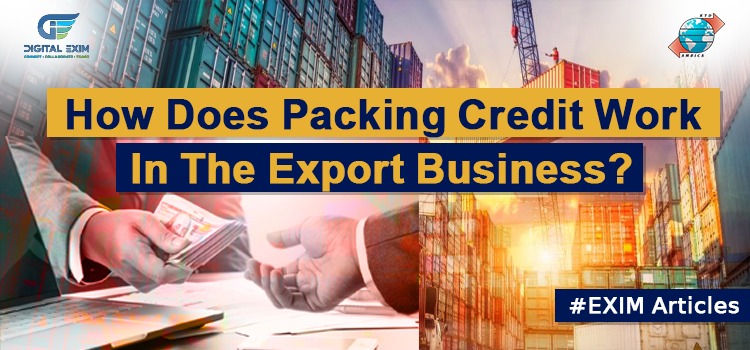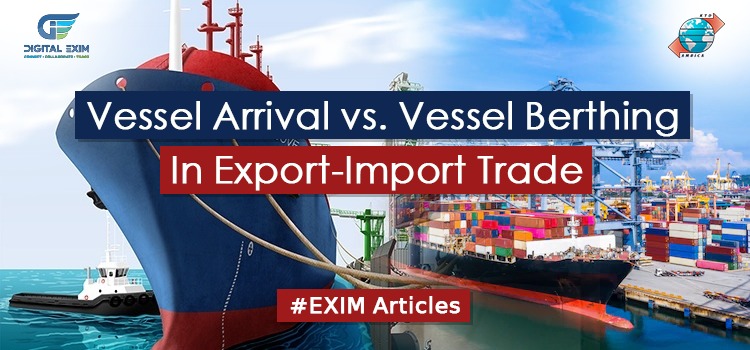Import Export Business Ideas are always fruitful if they are implemented well. With great ideas comes great responsibilities. So welcome to this detailed Blog of 30 Small Business Export Ideas For a year which is filled with tons of twists in the export import world, 2021. Import Export Business in India has been a strong pillar of Economic stability during this pandemic. When many big and small businesses couldn’t survive to see the daylights, Export Import Trade survived and thrived!
“No Matter What People Tell You, Words And Ideas Can Change The World.”
– Robin Williams1) Car Parts Exports: First thing first, exporting cars parts & tools to other countries is a worthy thing. 2) Activated Carbon from Coconut Shell Export: India is one of the largest coconut producing countries. Grab the opportunity of exporting activated carbon. 3) Aluminium Export: Basically aluminium Export is something that works both in import & export though the documentation stuff consumes quite more time for the first time exporters Still Aluminium Exports are good products for Export. 4) Vehicle Export: India is one of the largest Two-wheelers Internationally. So among live import export business ideas, vehicle exports stand out to be one of the best export ideas. 5) Diamonds Exports: India is known for Exporting Finished Diamonds. 6) Rice Exports: In 2020, India’s growth in exporting non-basmati rice has significantly increased. So count this product as well in import export business ideas. 7) Coffee Exports: India exports 70% coffee and the remaining 30% gets consumed domestically. So, export coffee after having the last sip of it. 8) Pulses & Cereals exports: India is not one of the most but the largest cereal exporters of cereals products. 9) Copper Exports: Though India imports double the exports still this is not a bad idea for exporting. 10) Fabric & Cotton Yarn Export: Countries like Japan, China, the USA, Italy, Taiwan, Bangladesh etc are major importing countries for yarns. So this is a great export import idea, grab it up. 11) Woolen Yarn & Fabric Exports: India is rocking in the exporting woollen Yarn & Fabric exports with sound global production. So put this one as well in the bag of export import business ideas 12) Tobacco Exports: India Exports tobacco to around 100 countries. Sounds wide, isn’t it? 13) Textile Exports: Though China is the largest textile exporter globally still India is popular too in textile exports. 14) Tea Exports: First coffee & now Tea, this is India, India has a significant share in the International Tea Market. So, keep this up in your export import business ideas. 15) Edible Vegetable Export: India exports tons of Edible Vegetable oils every year. 16) Essential Oil Export: In the long run, essential oil export can be considered in the bucket of your export import ideas. 17) Fertilizer Export: Urea is one of the main fertilizer that India Exports. 18) Export of Flowers: India majorly exports roses, tuberoses, gladioli, anthurium, carnations & marigolds. So rose up your export business with flowers. 19) Guar Exports: About 90% of processed guar is exported to other countries. So in terms of Growth, this is one of the best export import ideas.
20) Jewellery Exports: The Scope in jewellery exports is also good & you can go start doing it with the help of GJEPC. 21) Leather Item Export: Here too, China is the largest exporter but still in terms of leather items Export, India still has a wide scope. 22) Meat & Processed Meat Export: India Exports around 13,43,000+ tons of meat, most of them are of buffalo. 23) Exports of Milk & Milk Products export: India, the largest milk Producing Country. UAE, Singapore & Nepal are one of the major importing countries of Milk from India. 24) Waxes & Mineral Fuels Exports: Waxes & Mineral Fuels are the trending & boosting in Export Import World. Keep this up in your bag of export import business ideas. 25) Rubber Exports: See, Rubber Board is the authority to issue RCMC. Especially natural rubbers can be considered in your wallet of export import business ideas. 26) Oil Seeds Exports: Indian Oilseeds and Produce Export Promotion Council (IOPEPC) promotes Oil Seeds Exports. Also, there are various sources that help in boosting Oil Seeds exports. 27) Organic Food Exports: The Demand for organic food products is high as it does not include any chemicals. Things are natural here. So stop thinking more & go with Organic food exports. 28) Petroleum Product Exports: India mainly exports fuel oil, diesel, petrol, lubricants & naphtha to other countries. So those who are much interested in this field can surely go with exporting it. 29) Plastic Export: The Plastics Export Promotion Council (PLEXCONCIL) are the pillars for plastic export. 30) Your own Export Product:
Your Own Export Product means a product that has not been launched in the market till now. Your original product will just grab the attention of the market because of your ideas.
Conclusion: The export-import business ideas naturally help the country’s economy as well. Above export, ideas are strongly impactful and written after detailed research from various export import sources respectively. Not only Export but Imports are also helpful for a Nation. Some of the high demand import products in India have proved to be trendsetters! Although import reduces the economy of the importing country, it is equally needed! Join Our Hands For Ultimate Advance & Practical Export Import Guidance. Digital Exim, the land of total Practical Guidance Directly by Experts. So Why Think More about giving a kick start to your Dreams of becoming an International Businessman. Call on 9898724798 to explore now!
















